Iron is among one of the most essential minerals required for the human body. It can be obtained from a wide range of sources, primarily vegetables, meat, poultry, and seafood. Iron is considered a vital nutrient necessary for distributing oxygen in the body. It is also important in the production of red blood cells. That's why for babies aged 7-12 months, it is generally advised to consume 11 mg of iron per day. According to Medical News Today, here is a quick breakdown of the recommended amounts of iron humans should consume at different ages:
- Infants: 7–12 months, 11 mg
- Toddlers: aged 1–3 years, 7 mg
- Children: aged 4–8 years, 10 mg
The amount of iron absorbed by the body depends on what has been already consumed regularly. So, babies in particular, should have at least met the recommended amount of iron per day or else, they may be iron deficient. This can cause mild symptoms like fatigue and even major cardiovascular conditions such as anemia.
But not to worry, there are a plethora of iron-rich food sources available to help meet the basic requirements of what your child needs, and even for yourself. Enlisted below are some of them.
Shellfish
Shellfish is among one of the top choices when it comes to iron-rich food sources. While all shellfish contain relatively high amounts of iron; clams, oysters, and mussels are considered the best sources. A 100-gram serving of clams, for example, can already provide well over 100% of the advisable amount as it contains 28 mg of iron. Other than that, it also has 26 grams of protein, 37% of the daily recommended amount of Vitamin C, and 10.6 times the recommended amount of Vitamin B12.
Shellfish contains heme iron, which can is more easily absorbed by the body as compared to the non-heme iron contained in most plants.
Meat
Studies have found that iron deficiencies are less likely to happen to people who consume meat, poultry, and seafood on a regular basis. In fact, among all foods that contain high amounts of iron, meats are the most accessible. This is also the reason why it is considered an important part of a meal for those individuals who are suffering from anemia and other iron deficiency-related diseases.
It is expected that many infants may reject meat as part of their daily food cycle, but you might want to try some strategies to convince them. For one, you can use cookie cutters to make shaped slices of meat, or better yet, insert it in between two slices of bread. You may also grind it in a food processor and mix it with a little milk. This makes it more appealing to toddlers especially those who love foods with creamier textures.
Pumpkin Seeds
These crunchy seeds are tasty, portable snacks and at the same time, they are also a rich source of nutrients, including zinc, iron, and manganese. A general serving of pumpkin seeds can contribute at least 4 mg of iron that is equivalent to 23% of the recommended daily iron consumption. It also contains high amounts of magnesium, an element responsible for fighting against insulin resistance, diabetes, and depression. An ounce serving of pumpkin seeds can already provide more than 35% of the recommended amount of magnesium per day.
Pumpkin seeds are great ingredients to homemade trail mix, bread, or muffin recipes. They can also be added to a variety of desserts such as yogurt, cereal, or salads.
Spinach
A one cup serving of spinach contains more than 6 mg of iron, which also includes additional traces of protein, fiber, calcium, and Vitamins A and E. While both raw and cooked spinach can provide you with high amounts of iron on a daily basis, cooking spinach allows the body to absorb iron more easily. Like most plant sources, spinach has a non-heme iron, a type of iron which is not absorbed easily when consumed raw.
Despite that fact, spinach surprisingly contains a rich percentage of Vitamin C, responsible for boosting iron absorption. Spinach also contains a form of antioxidants called carotenoids, that helps in the cancer risk reduction and decreasing inflammation.
They are also an easy ingredient to slip into recipes undetected, especially when preparing it for infants.
Broccoli
Another fairly good source of iron is broccoli. Each cup serving contains at least a milligram of iron or equivalent to 6% of the daily recommended amount. Aside from that, it also contains 167% of the recommended amount of Vitamin C, which aids in enhancing iron absorption in our body. it also provides high amounts of Vitamin K, folate, and fiber.
Broccoli is known to be a part of the cruciferous family of vegetables along with other sorts such as cauliflower, bell pepper, cabbage, and sprouts. These vegetables contain compounds responsible for the reduction of cancer risk.
Dark Chocolate
Dark chocolates are mouth-watering and nutritious sources of iron which generally provide 19% of the recommended amount of iron on a daily basis. An ounce serving of dark chocolates also contains fair amounts of copper, magnesium, and prebiotic fiber. Researches have revealed that dark chocolates encourages antioxidant activity more than powders and juices made out of acai and blueberries. It is also found to contain agents necessary in reducing the risk of cardiovascular diseases and in lowering cholesterol levels.
Since not all chocolates are created to contain the same compounds, it is generally advised to consume chocolates containing at least 70% cocoa in order to take advantage of the benefits.
Fruits
Aside from vegetables, there are also some fruits containing good amounts of iron. Although, you can expect that it is not as much as the amounts you can obtain from consuming veggies, meats, and poultry. A serving of the following can contain, more or less, 6% of the daily recommended amount of iron:
- Red tart cherries
- Dried apricots
- Raisins
- Prunes
- Dried watermelon
You can turn these into fruit smoothies, which tastes great for infants especially when mixed with pintsized amounts of yogurt or honey. You can even puree these iron-packed foods and place it on an icicle molder. Freeze it and serve it as a frosty, delightful snack.
Summary
Iron is important in the body, especially when considering the fact that our body cannot produce iron on its own. There are many sources of iron readily available, however, it is also necessary to limit the amount of foods we consume on a daily basis, so to not overconsume. In fact, too much iron can actually be toxic, so be wary of how much iron you're consuming or providing to your child.
If your child doesn't really like meats and seafood, you can at least blend in some foods containing Vitamin C when preparing plant sources of iron to boost its absorption.
Disclaimer: This information is just a guide and not a substitute for medical advice from a qualified professional.




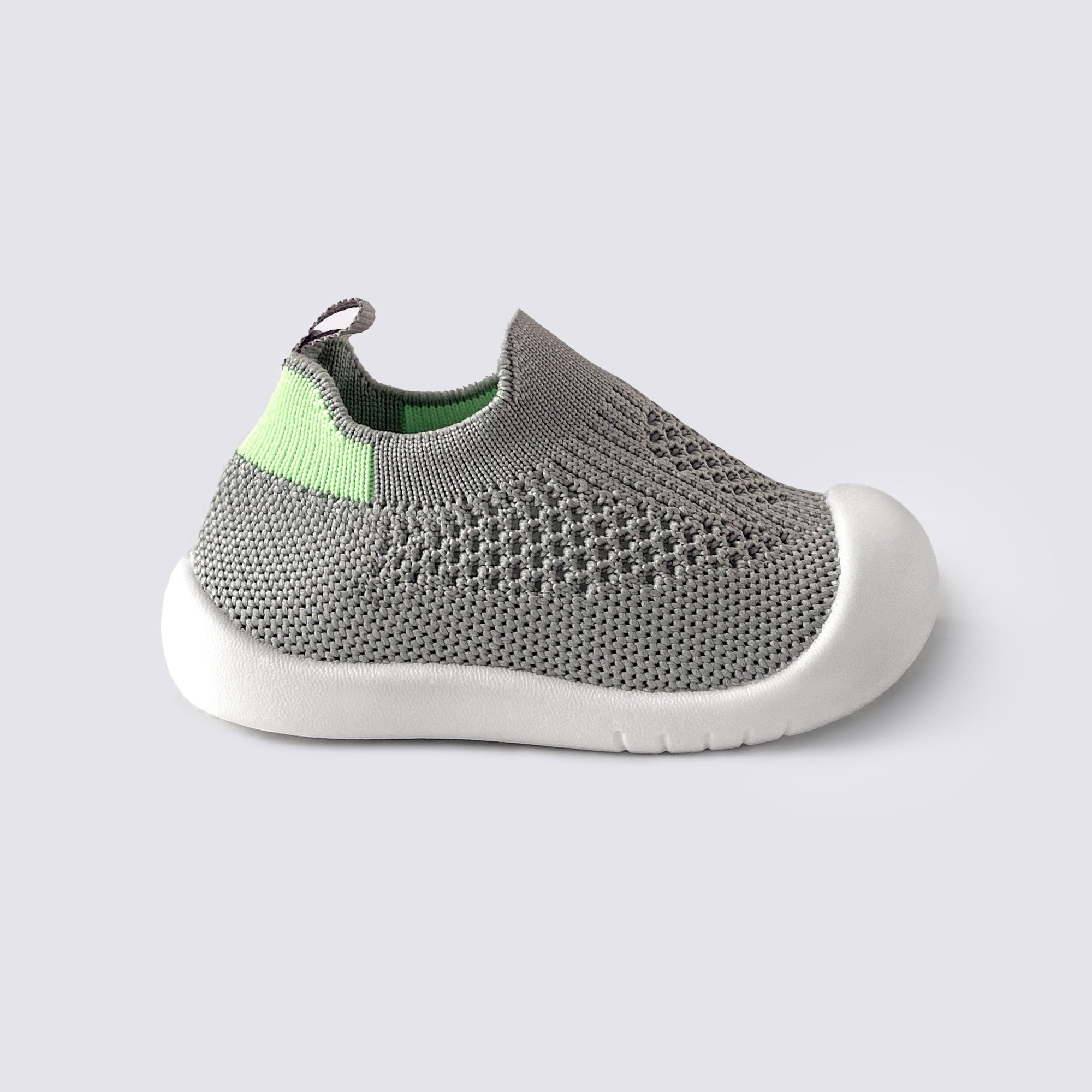
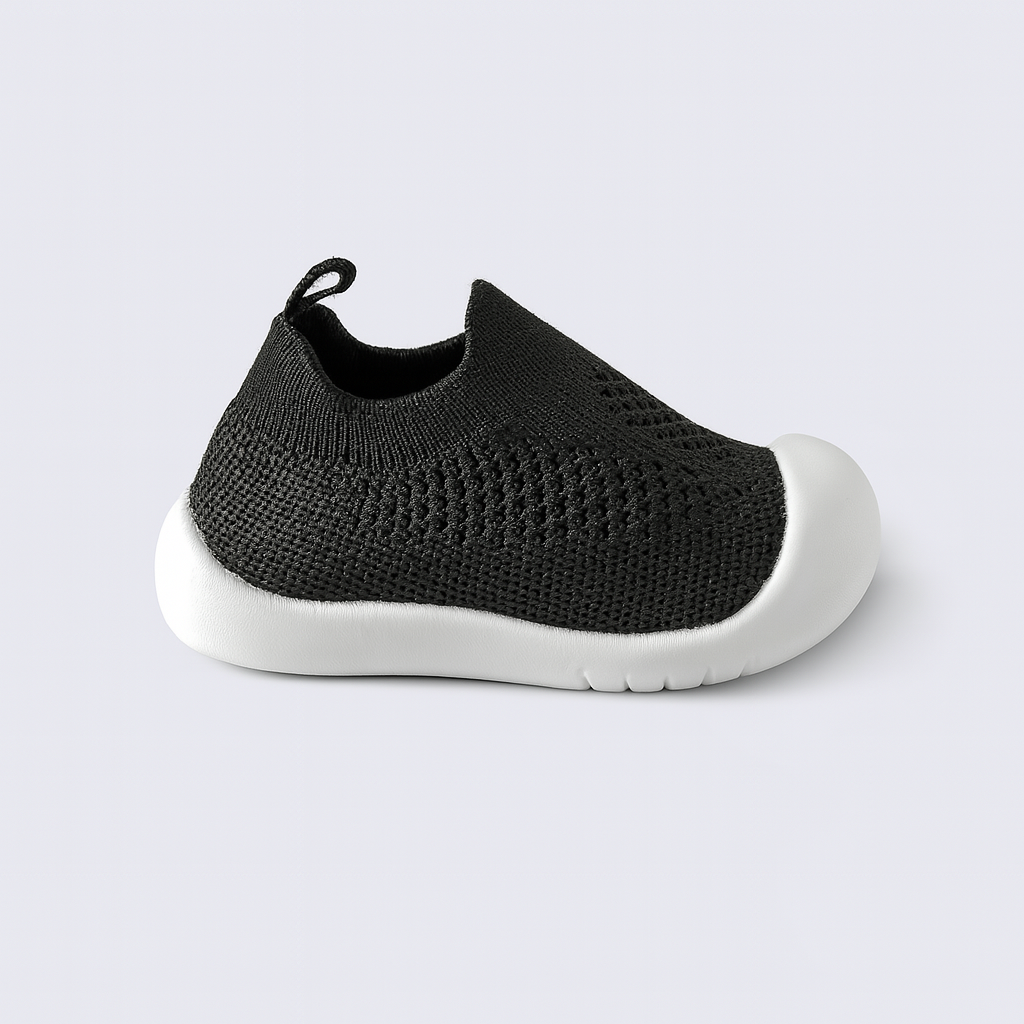
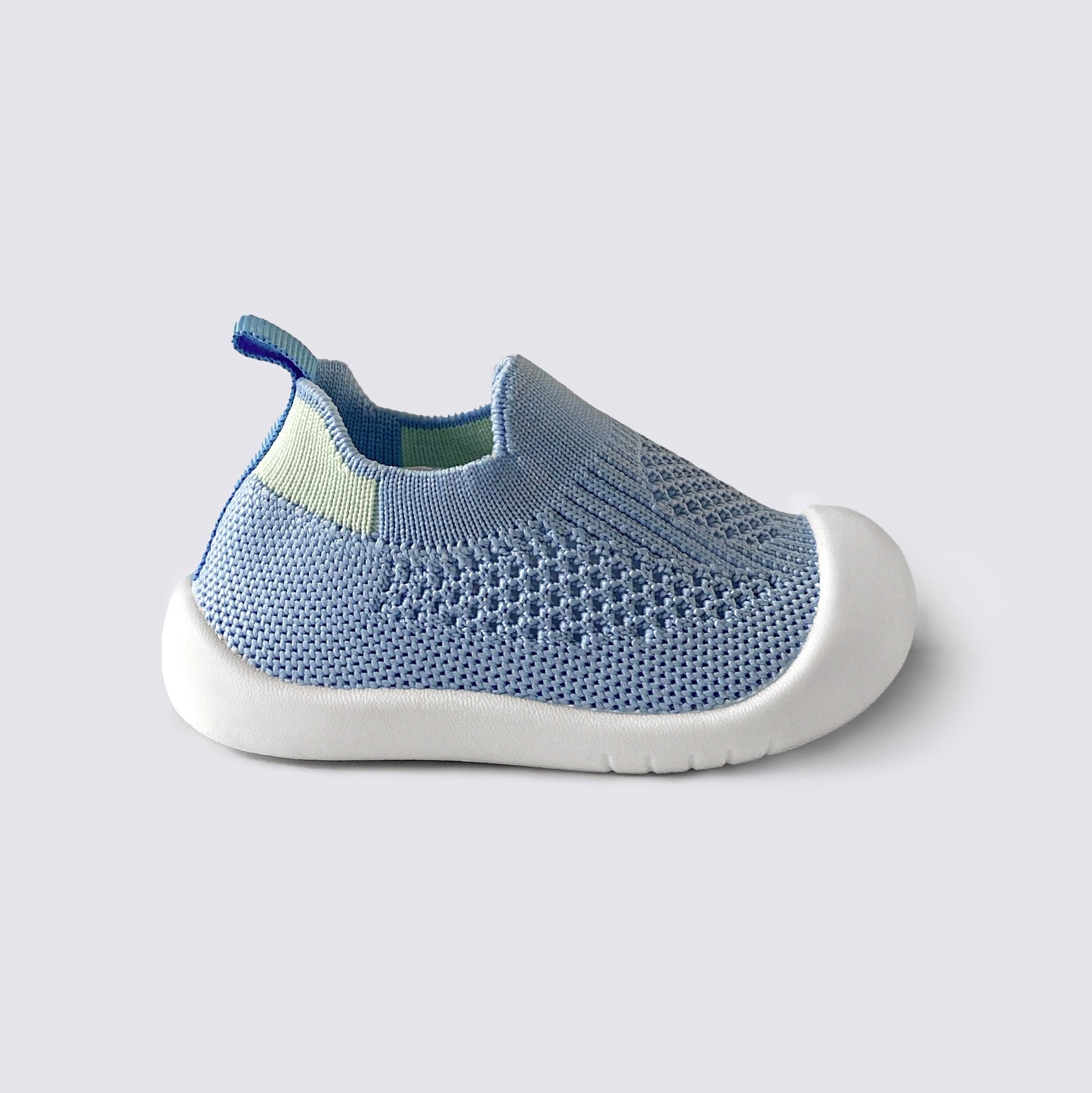
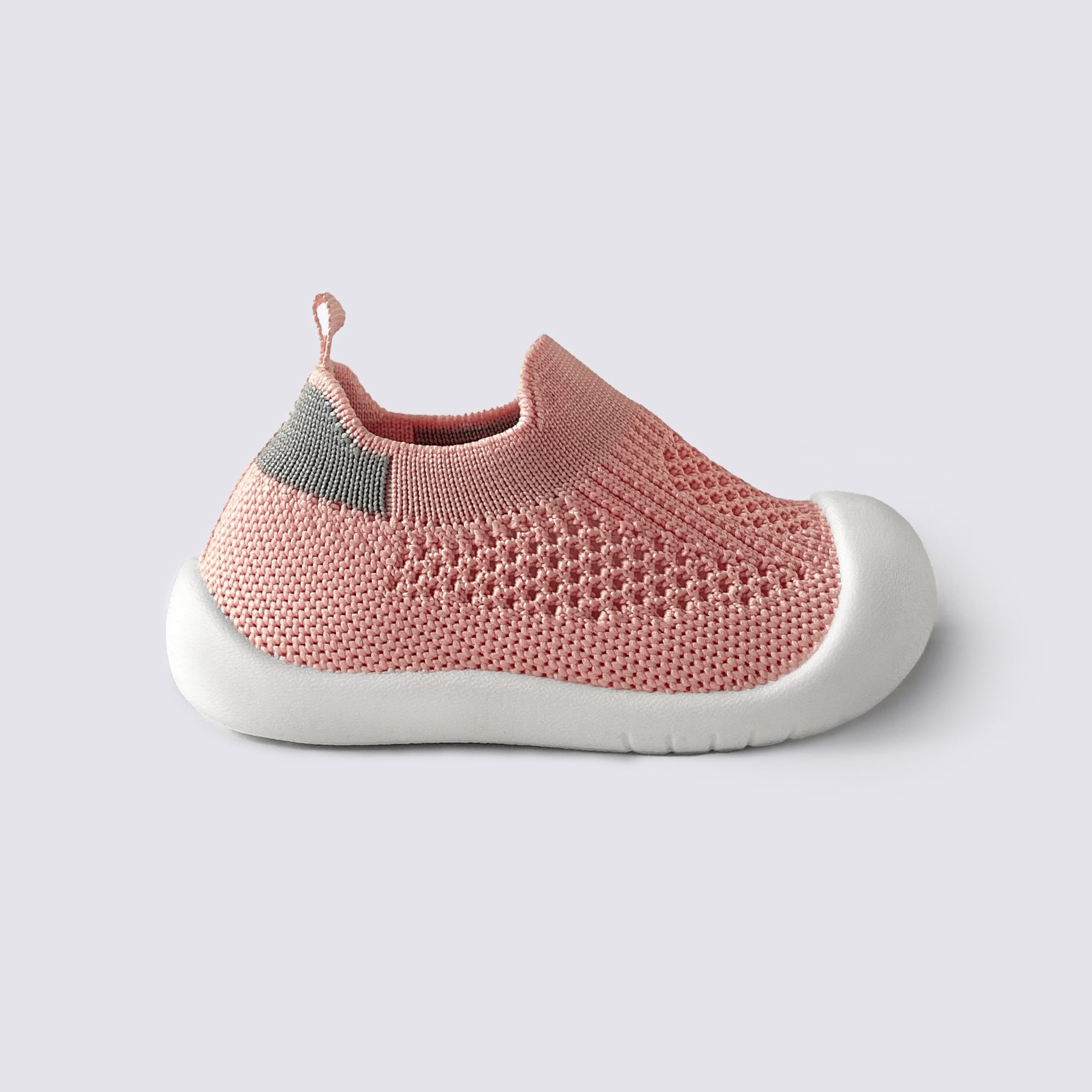
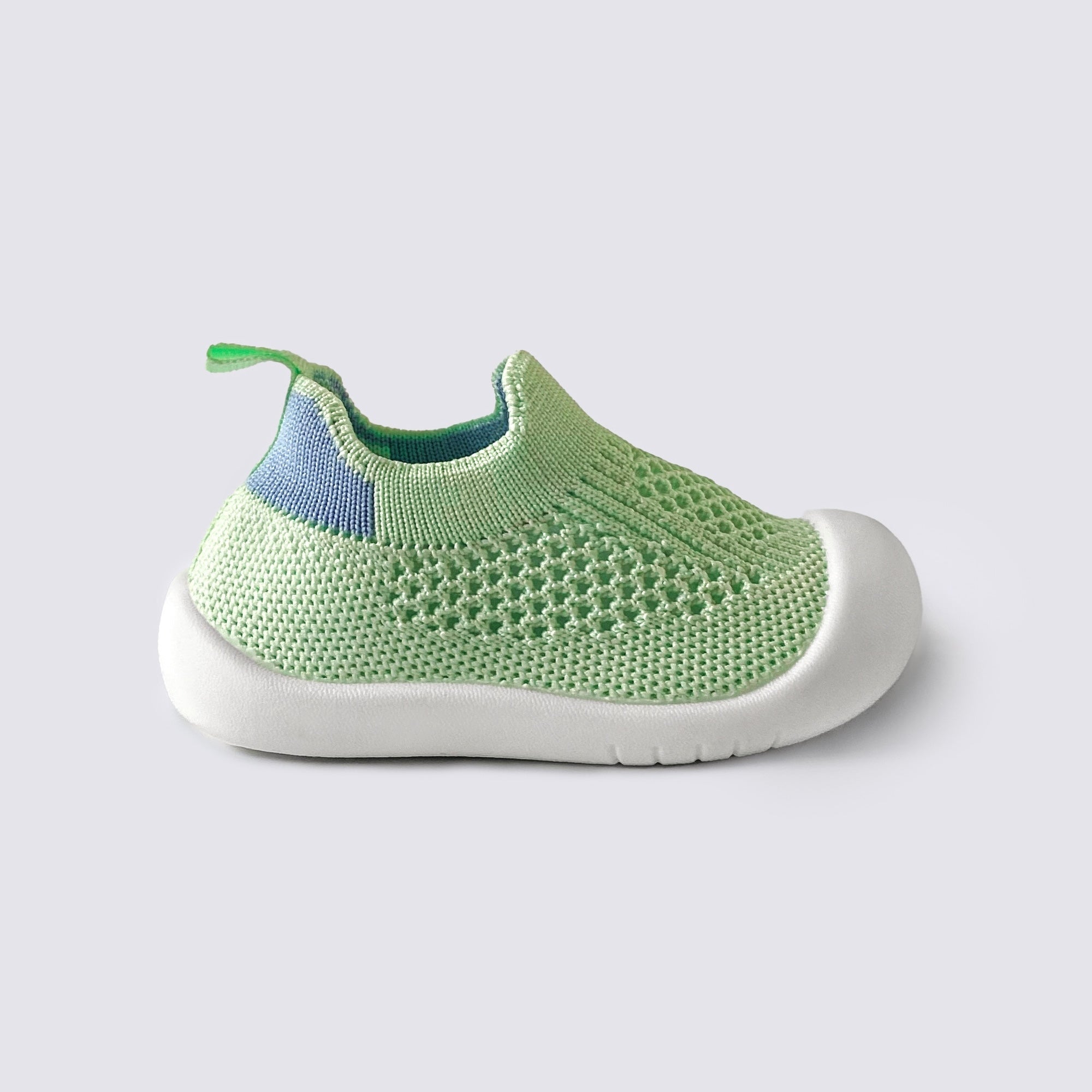
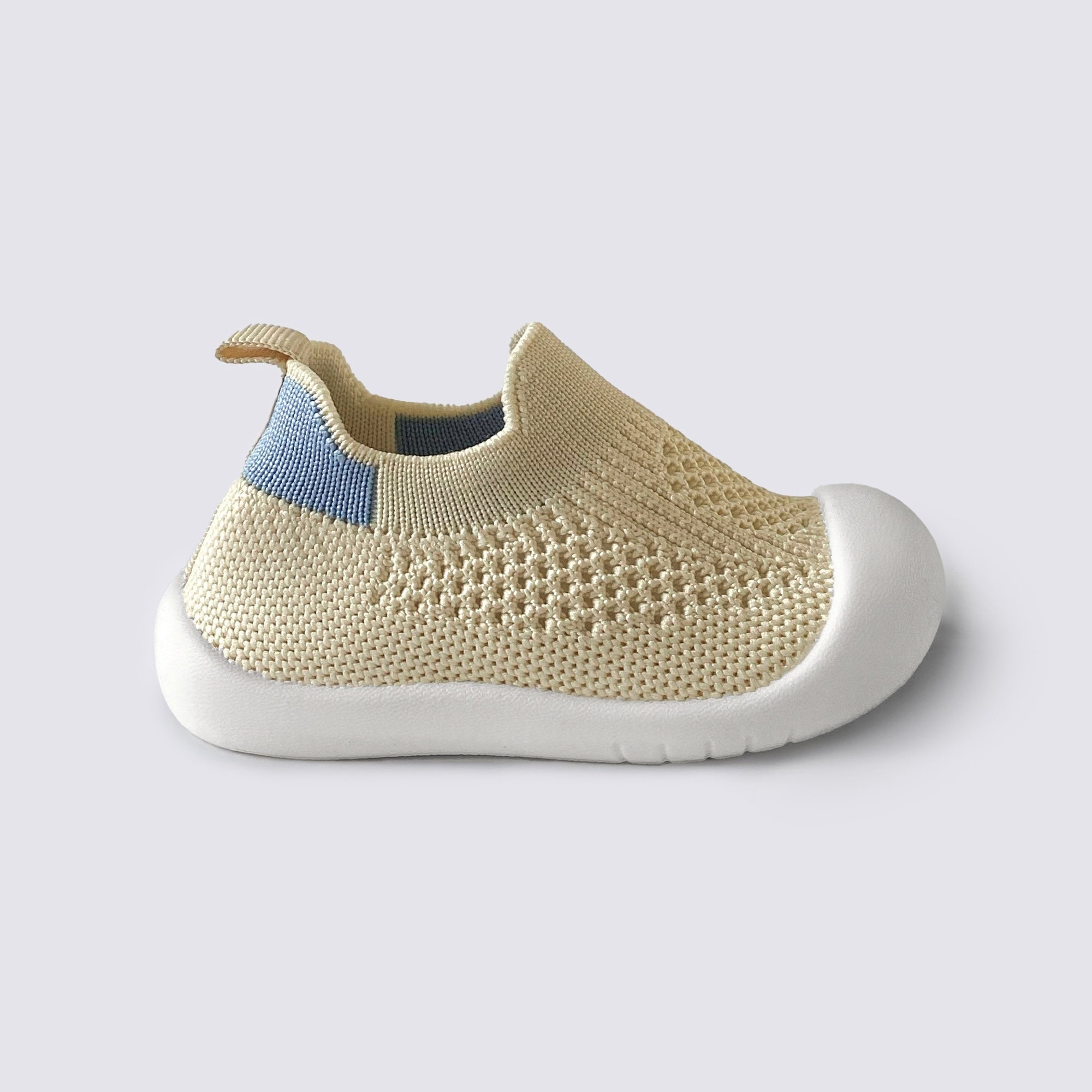
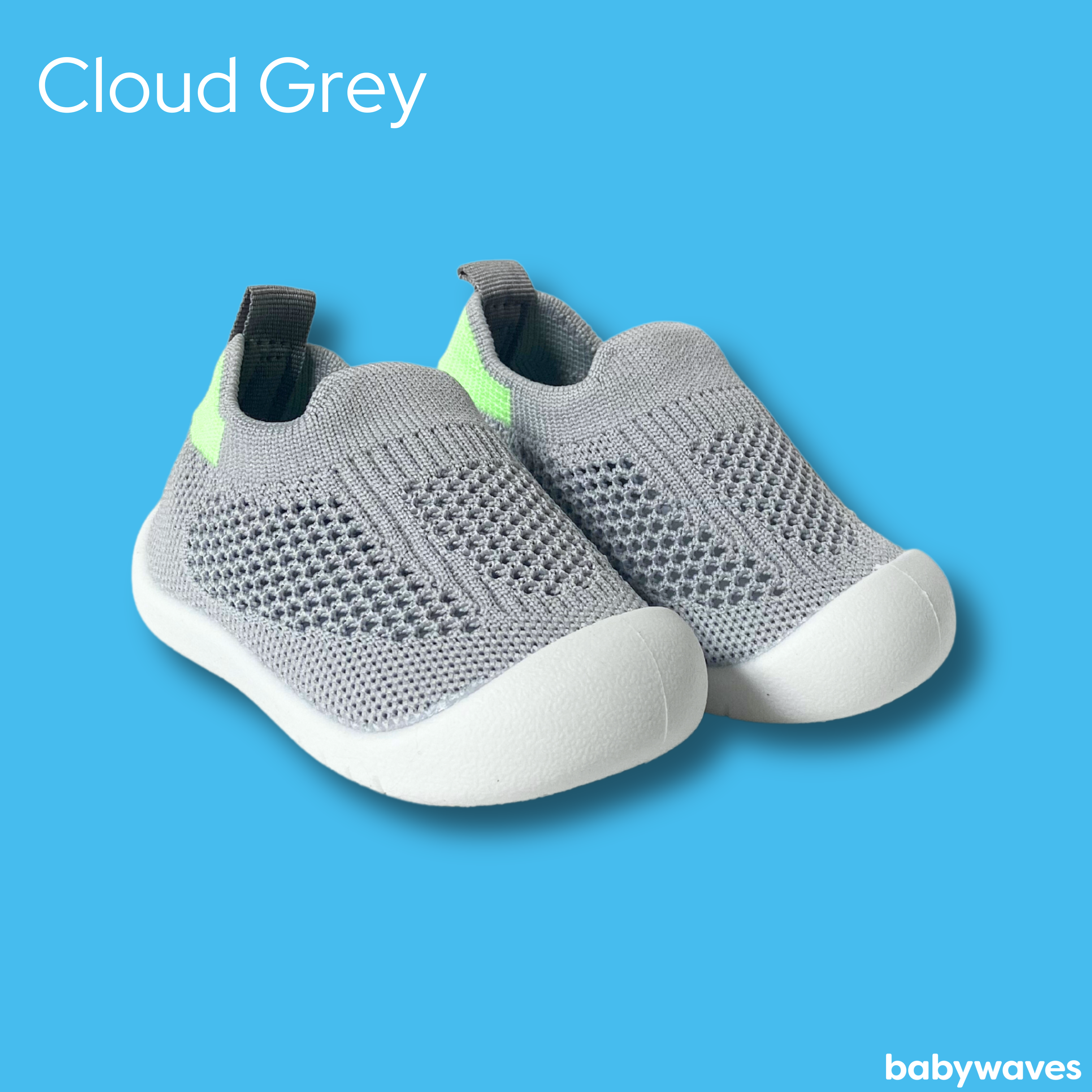
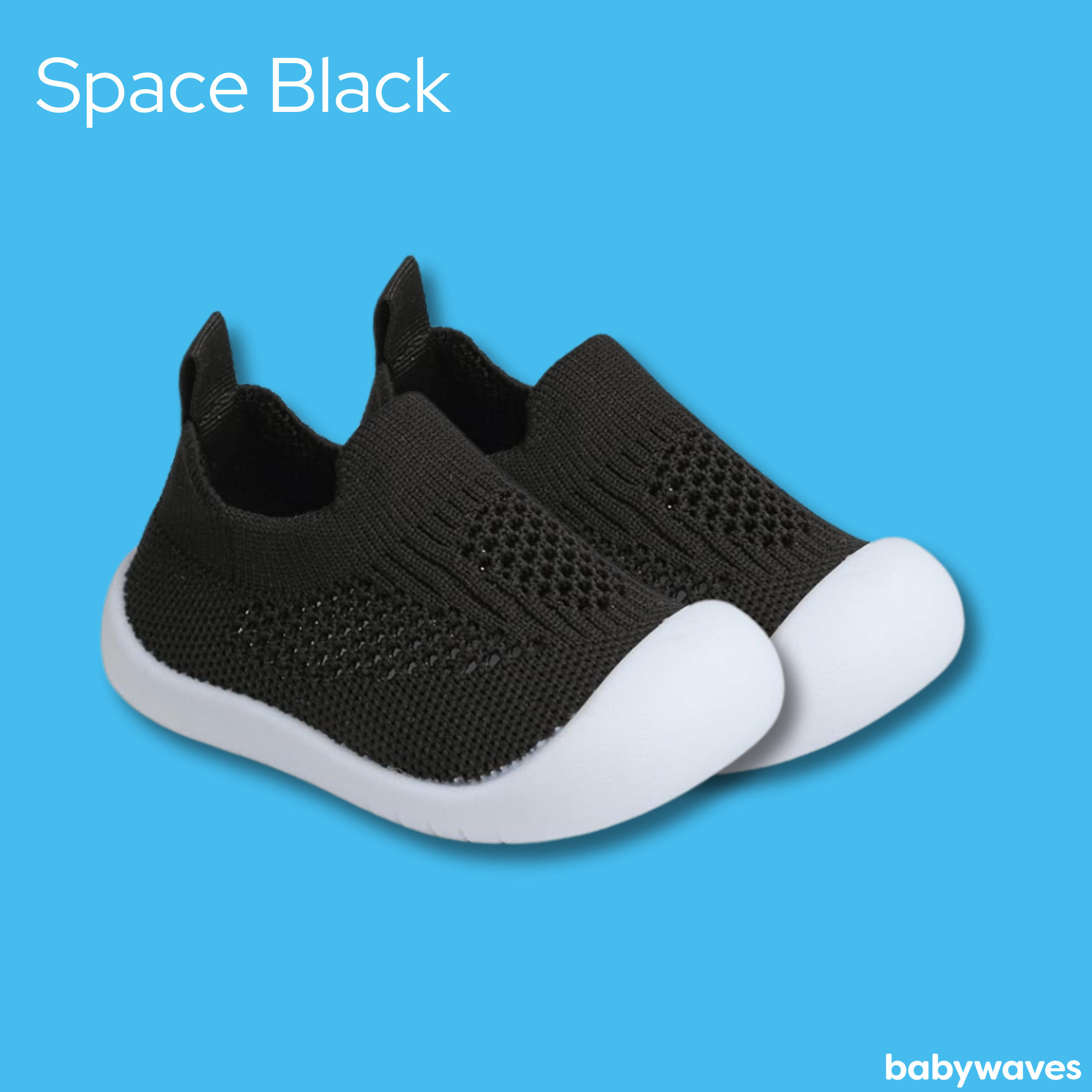
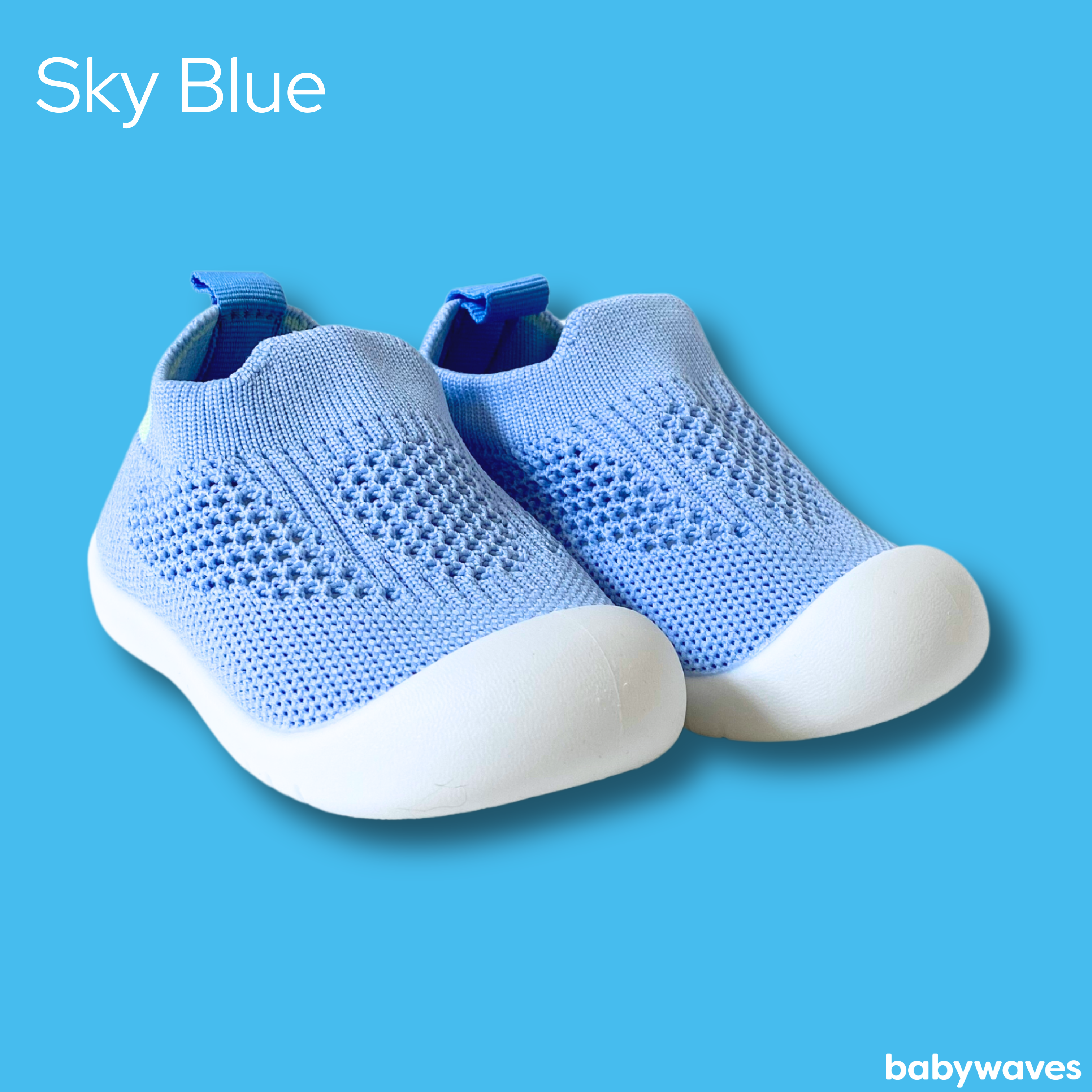
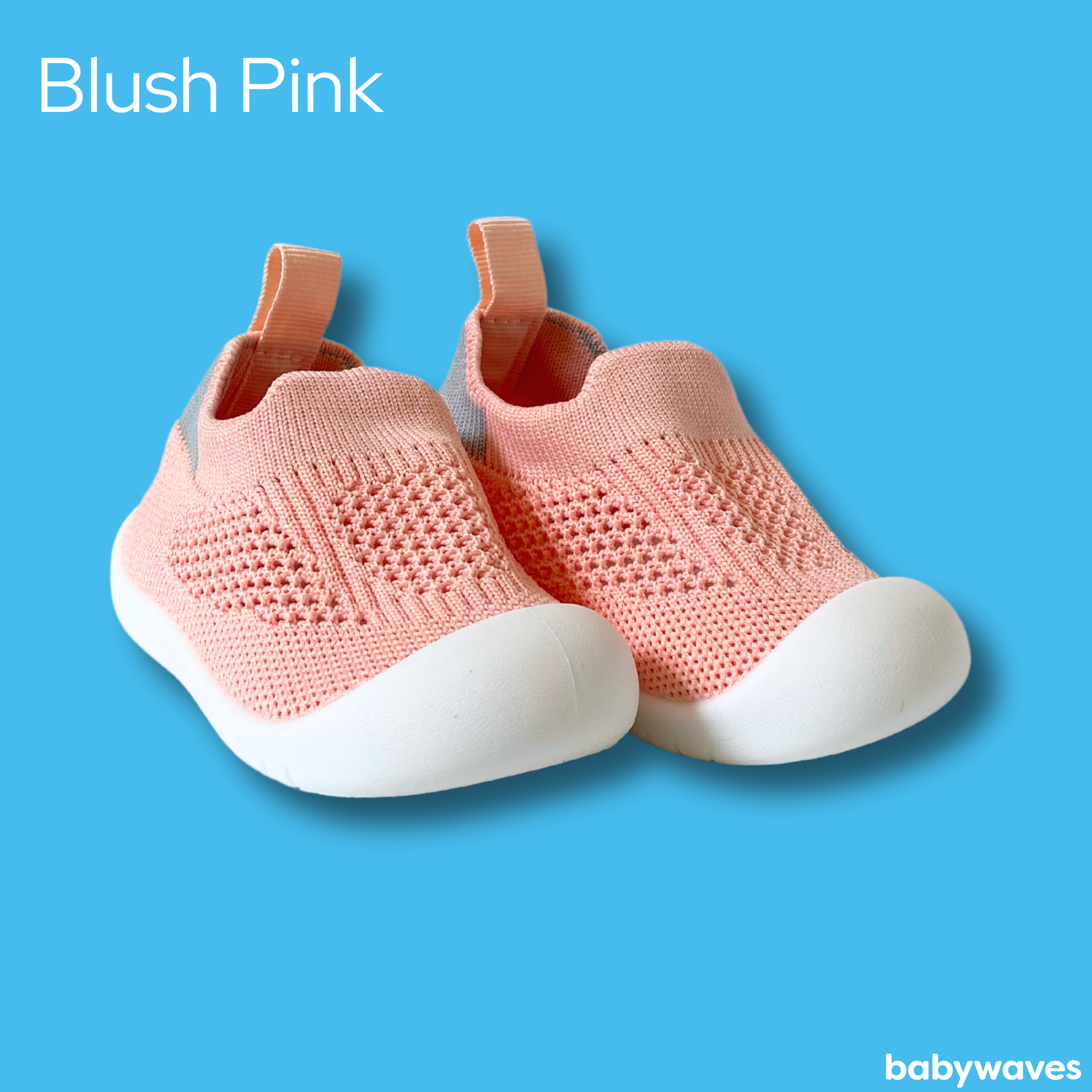
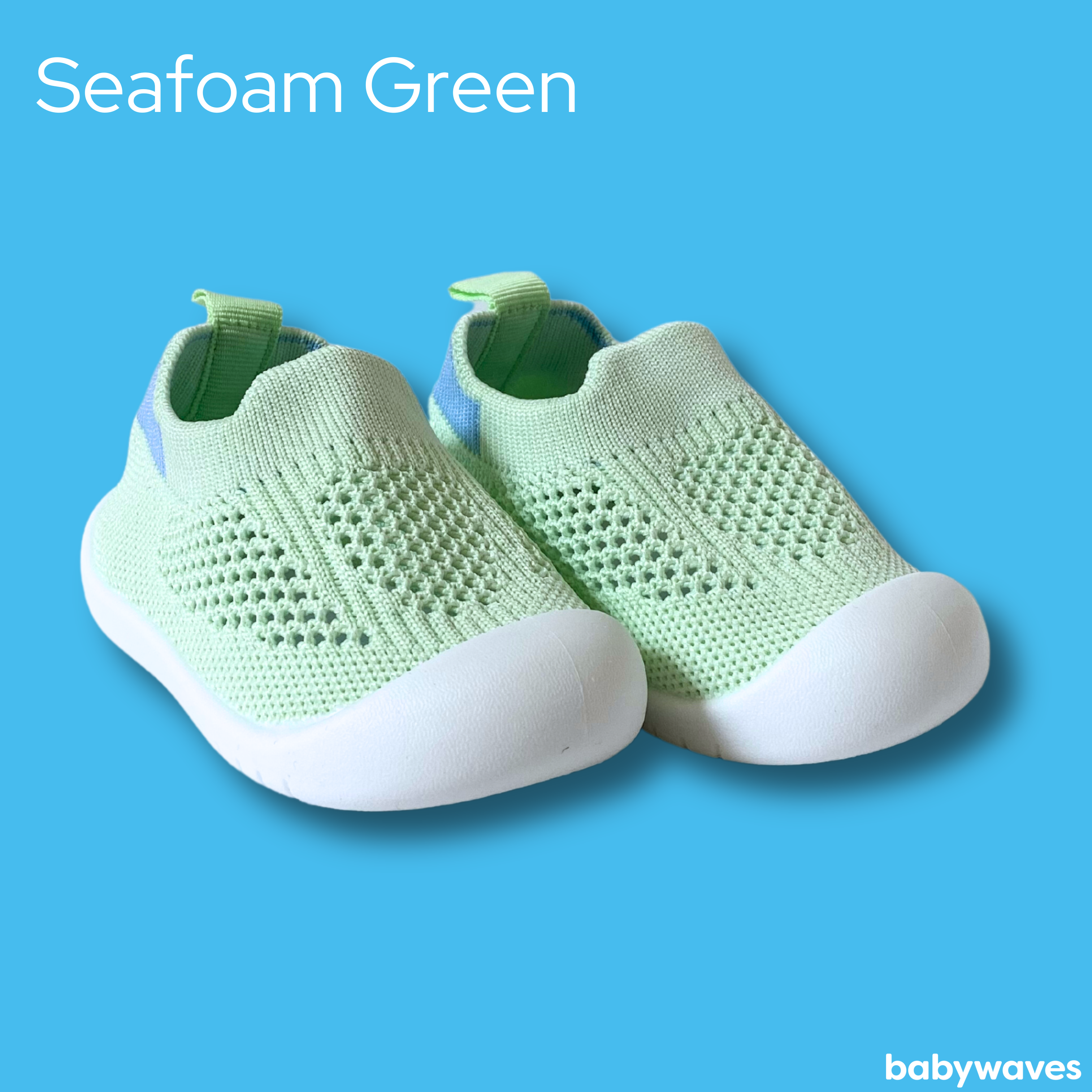
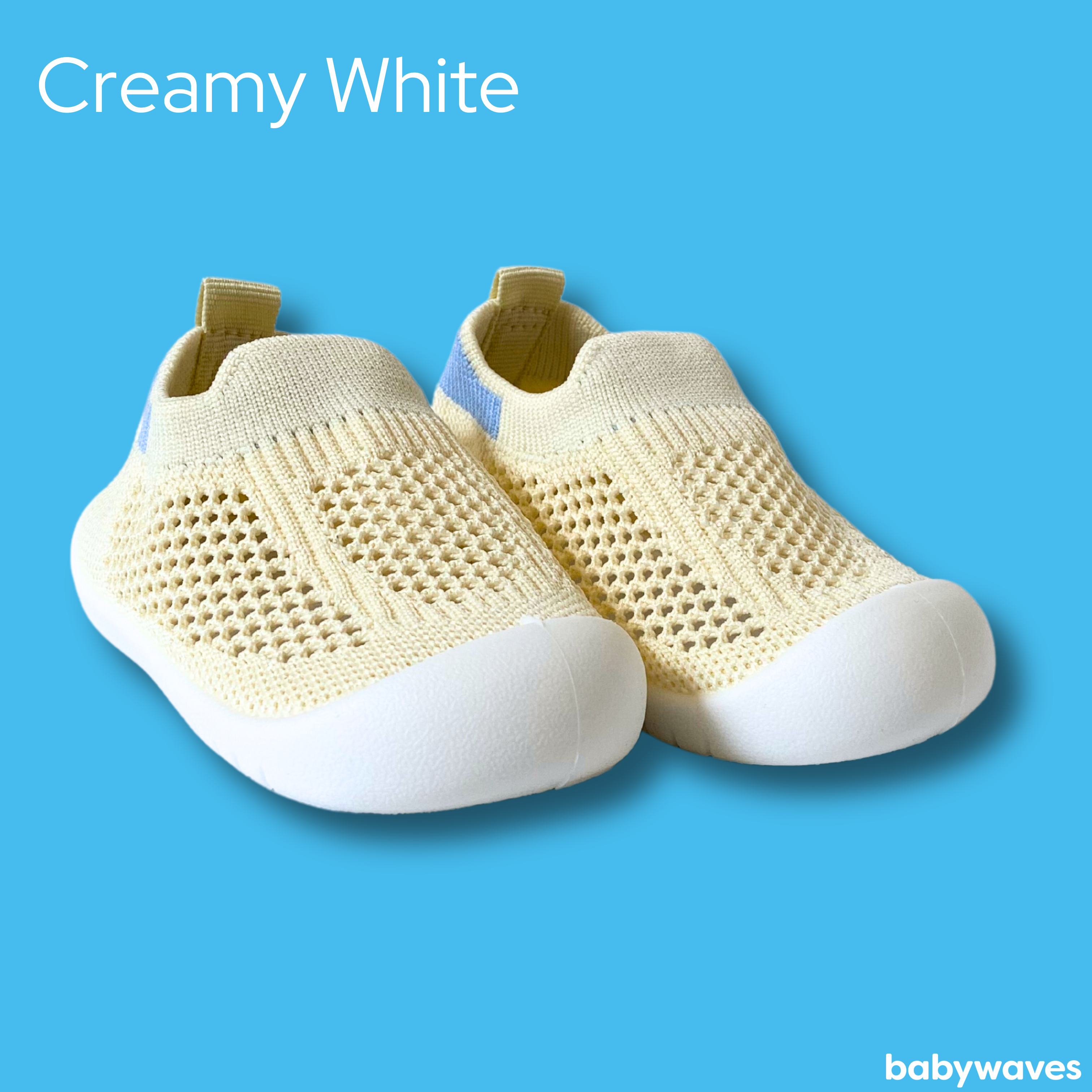
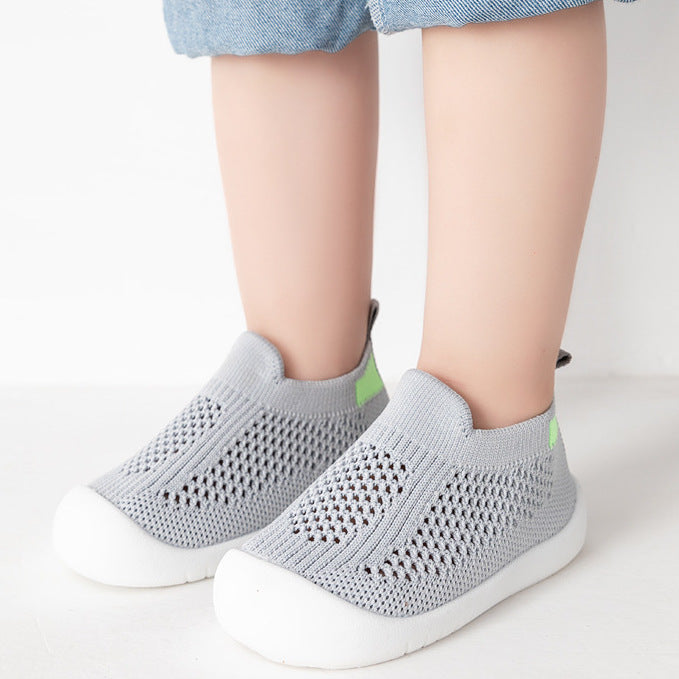




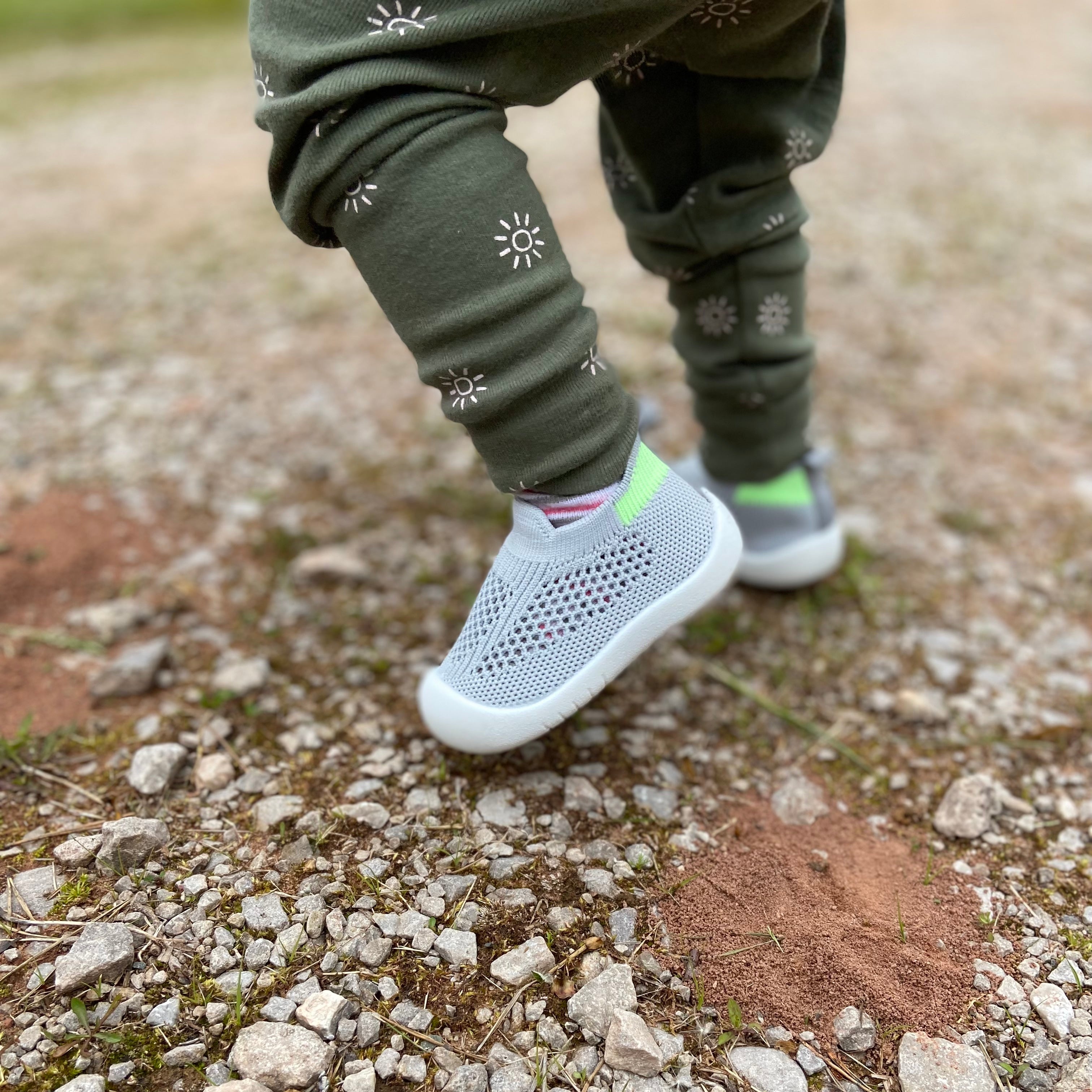
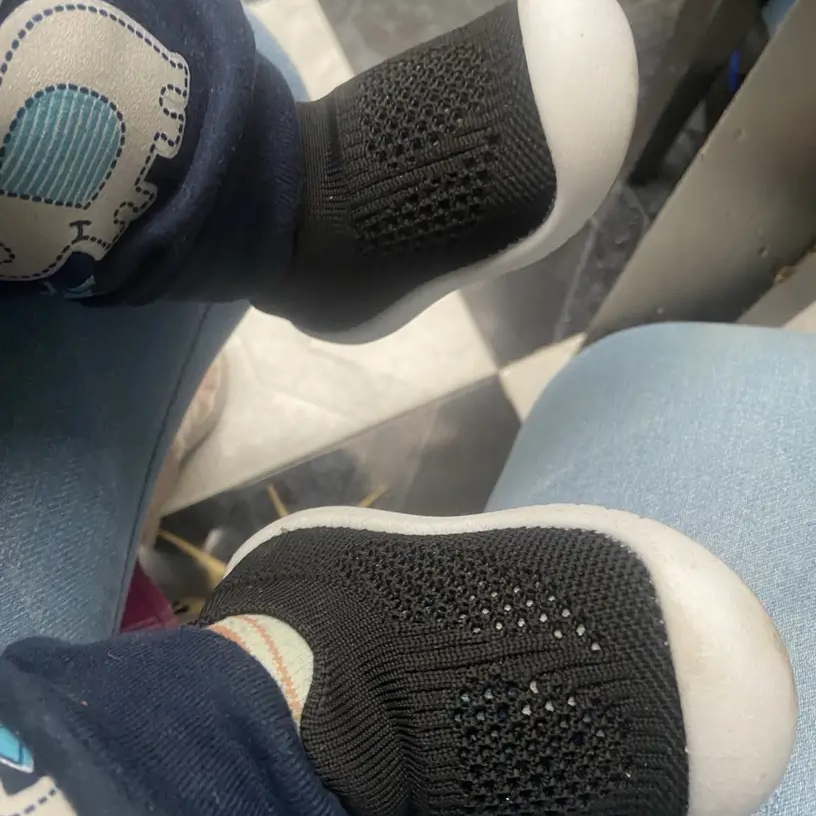
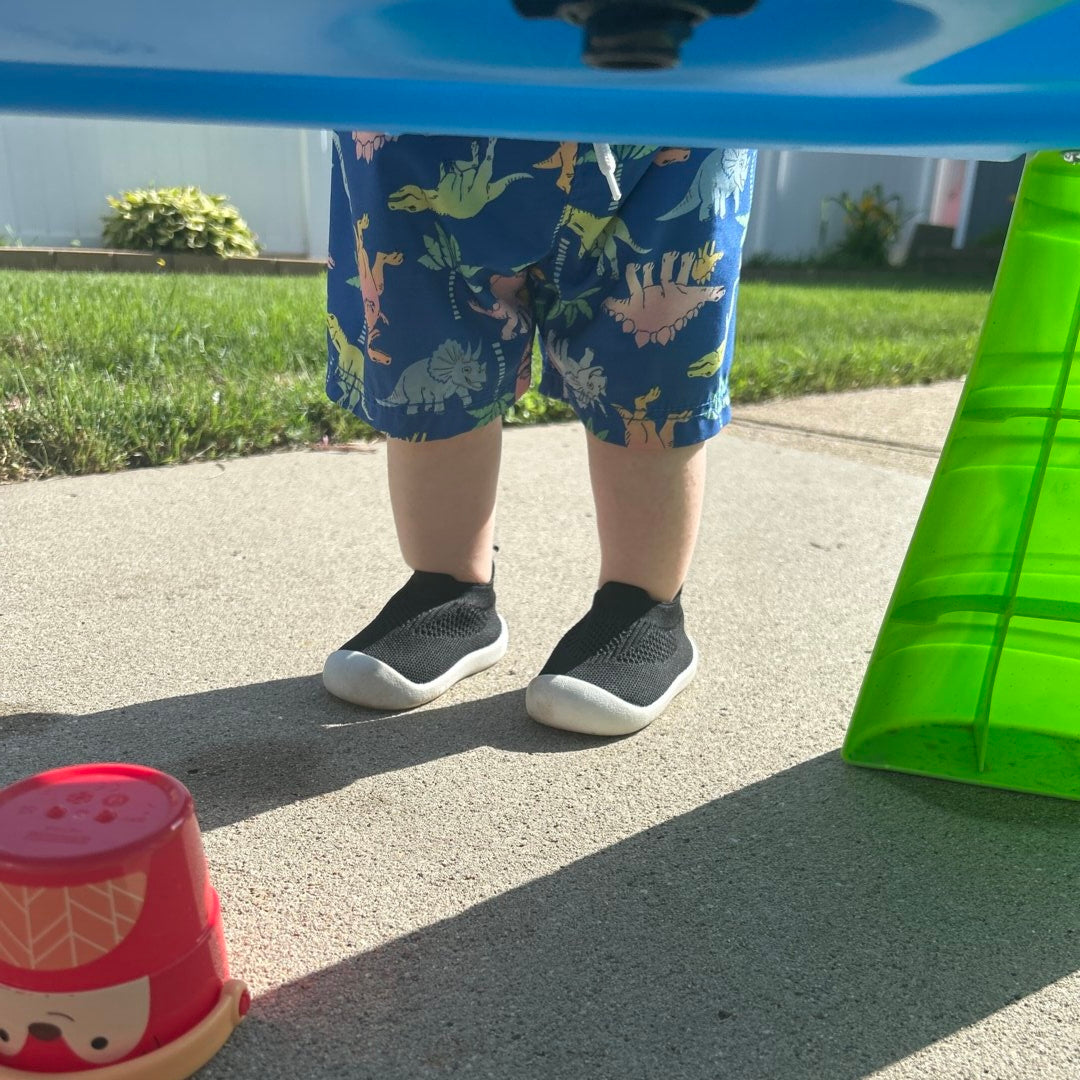
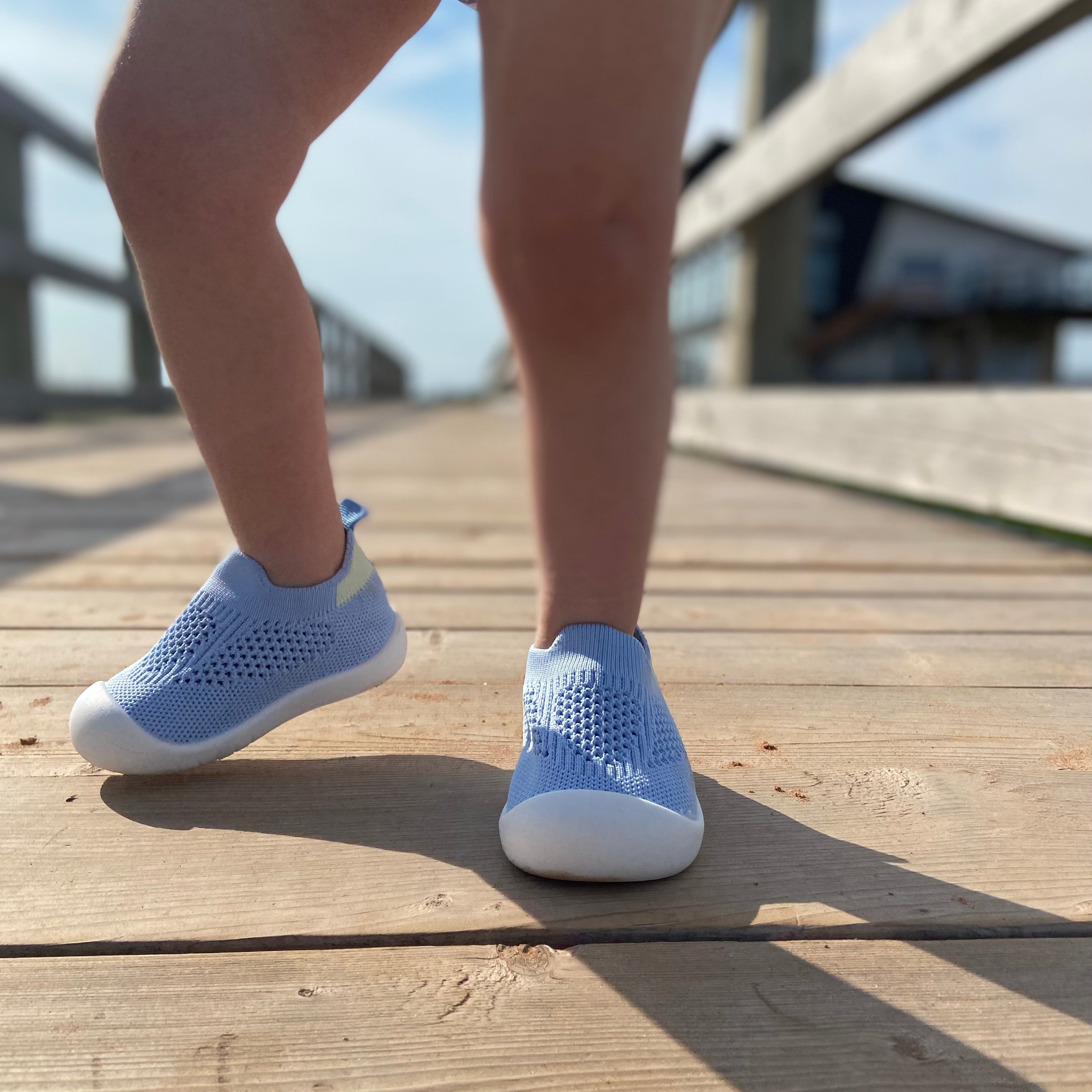
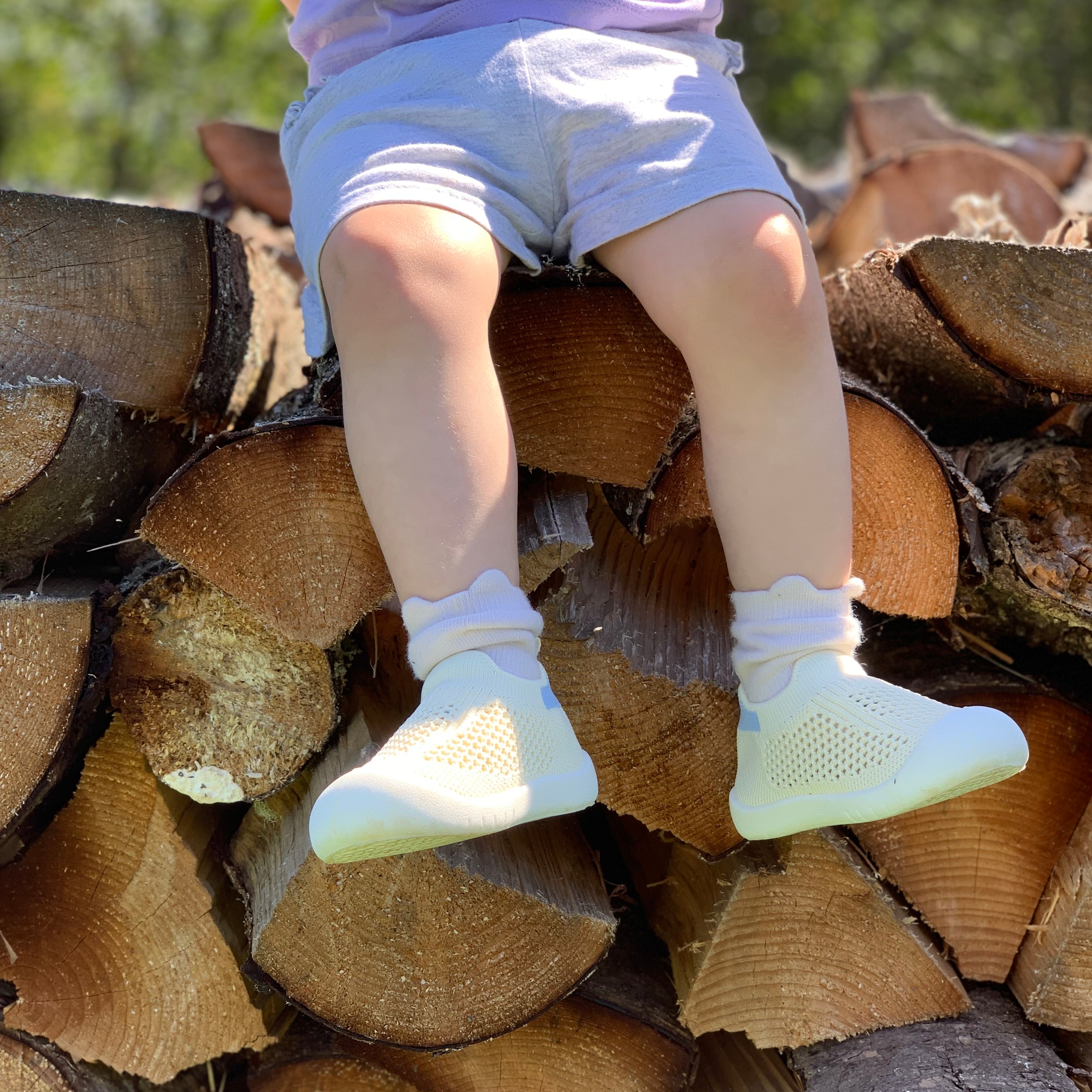

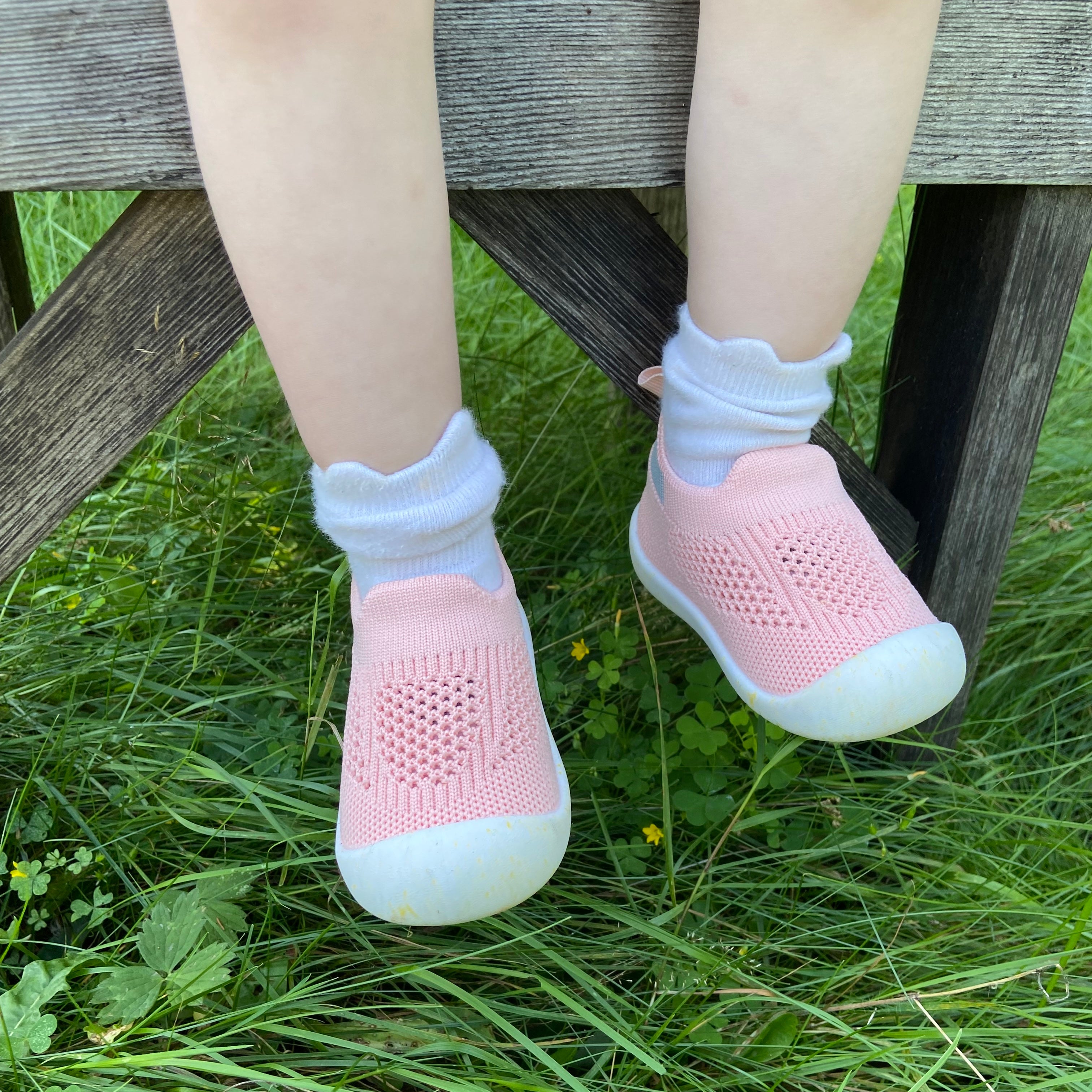
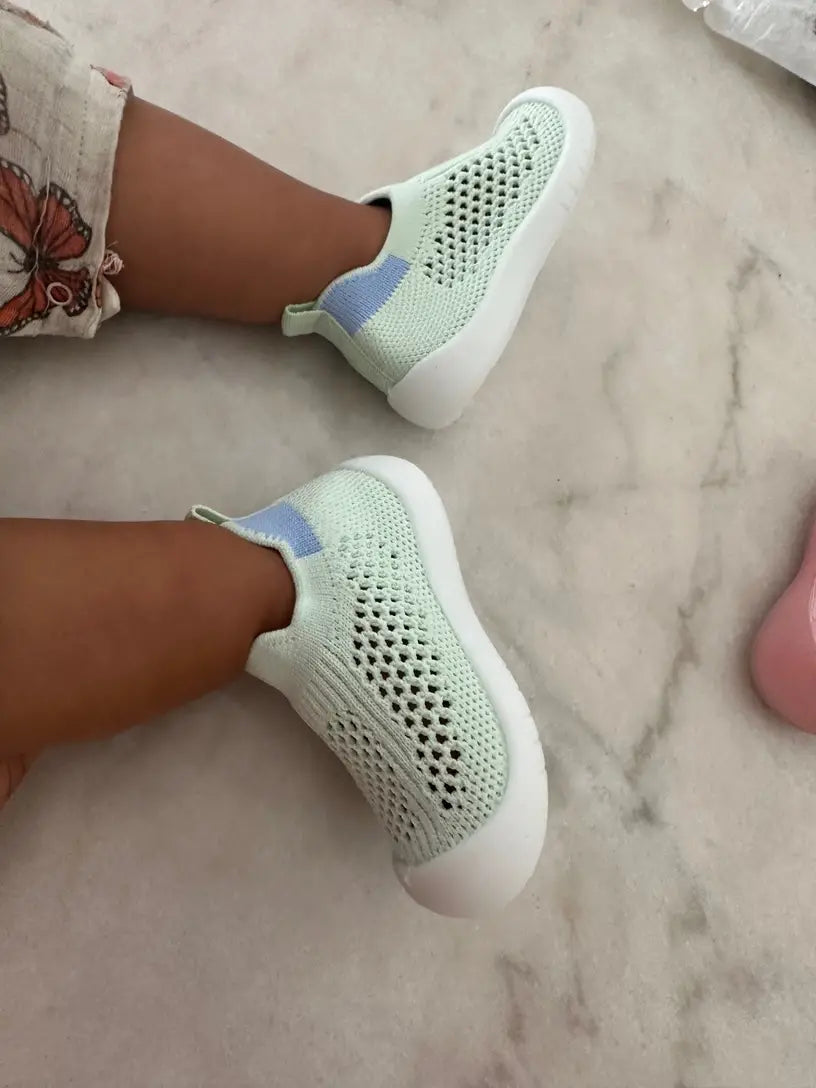
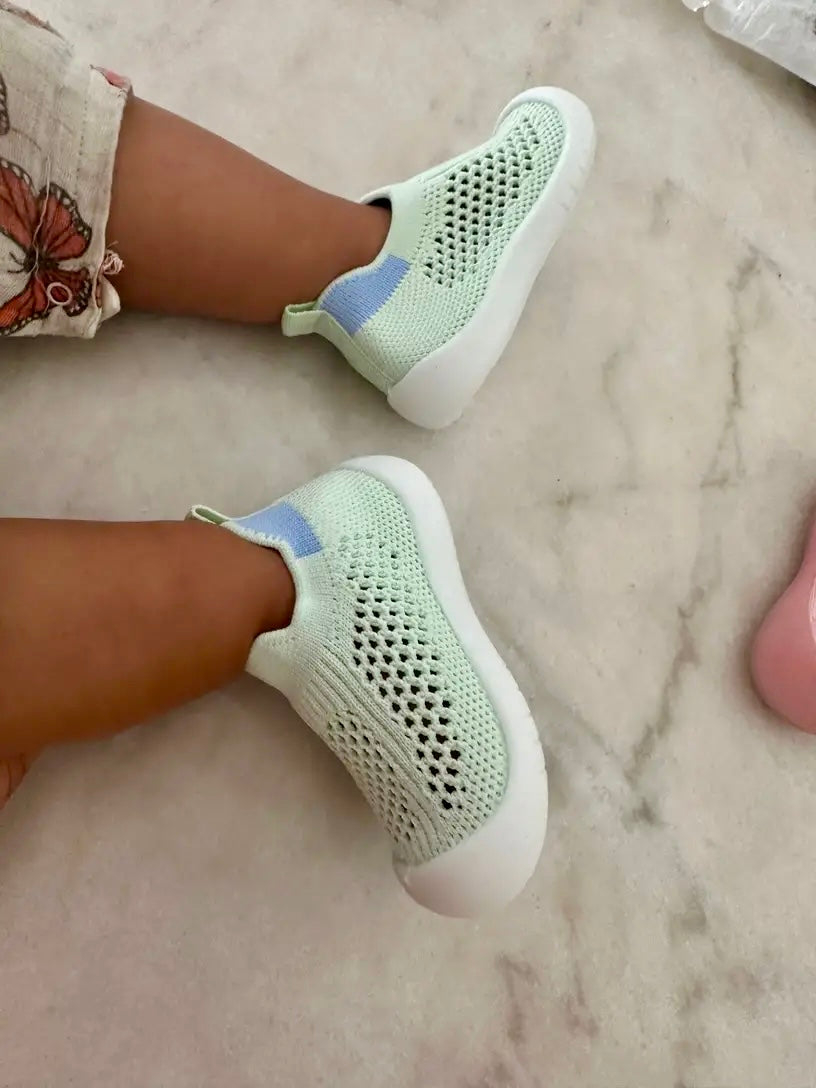
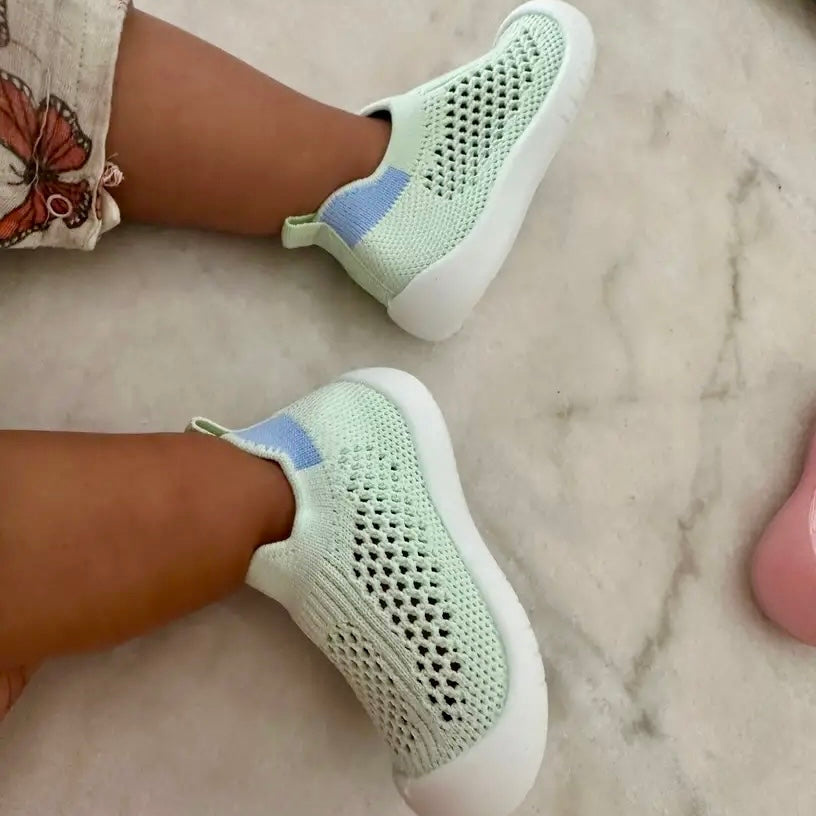
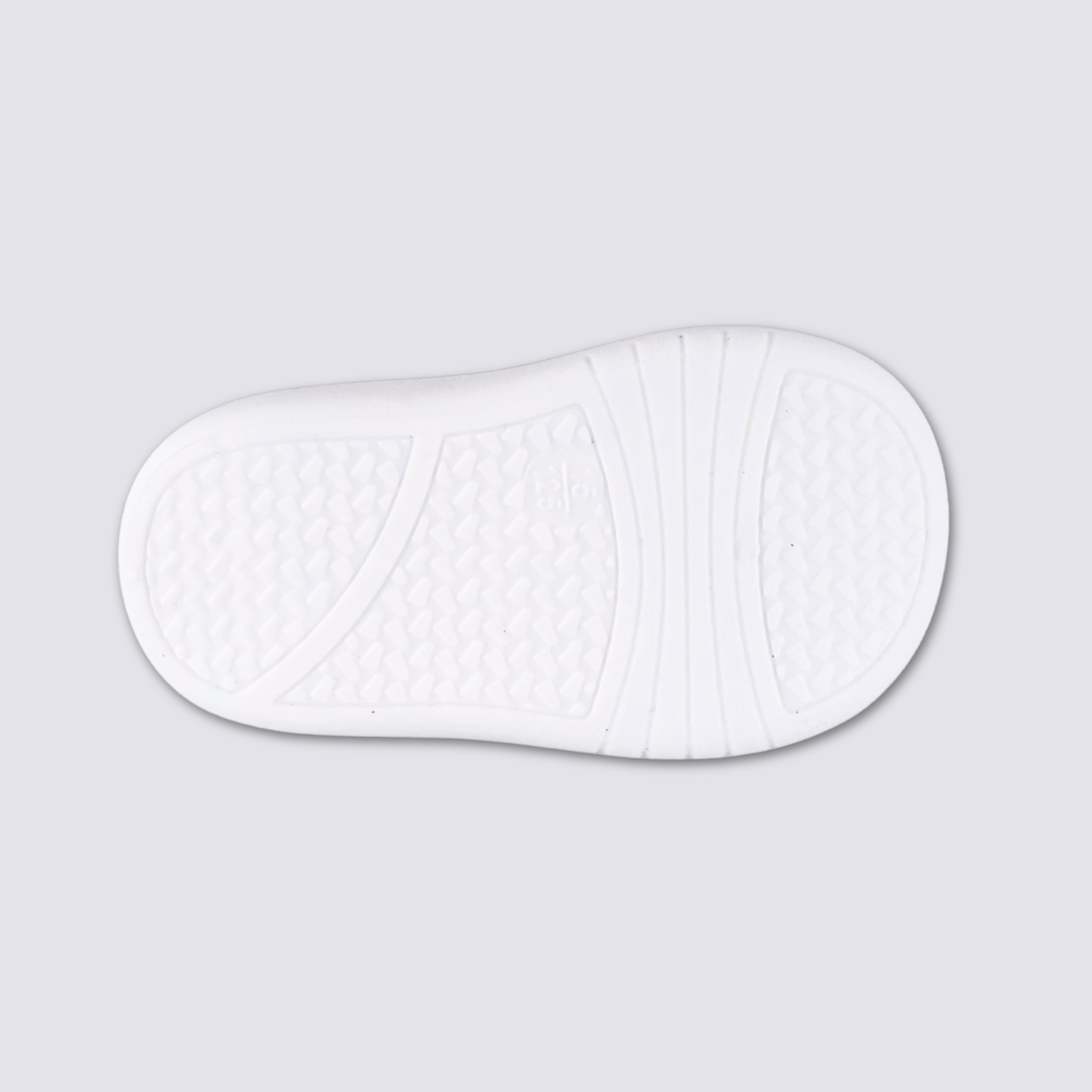
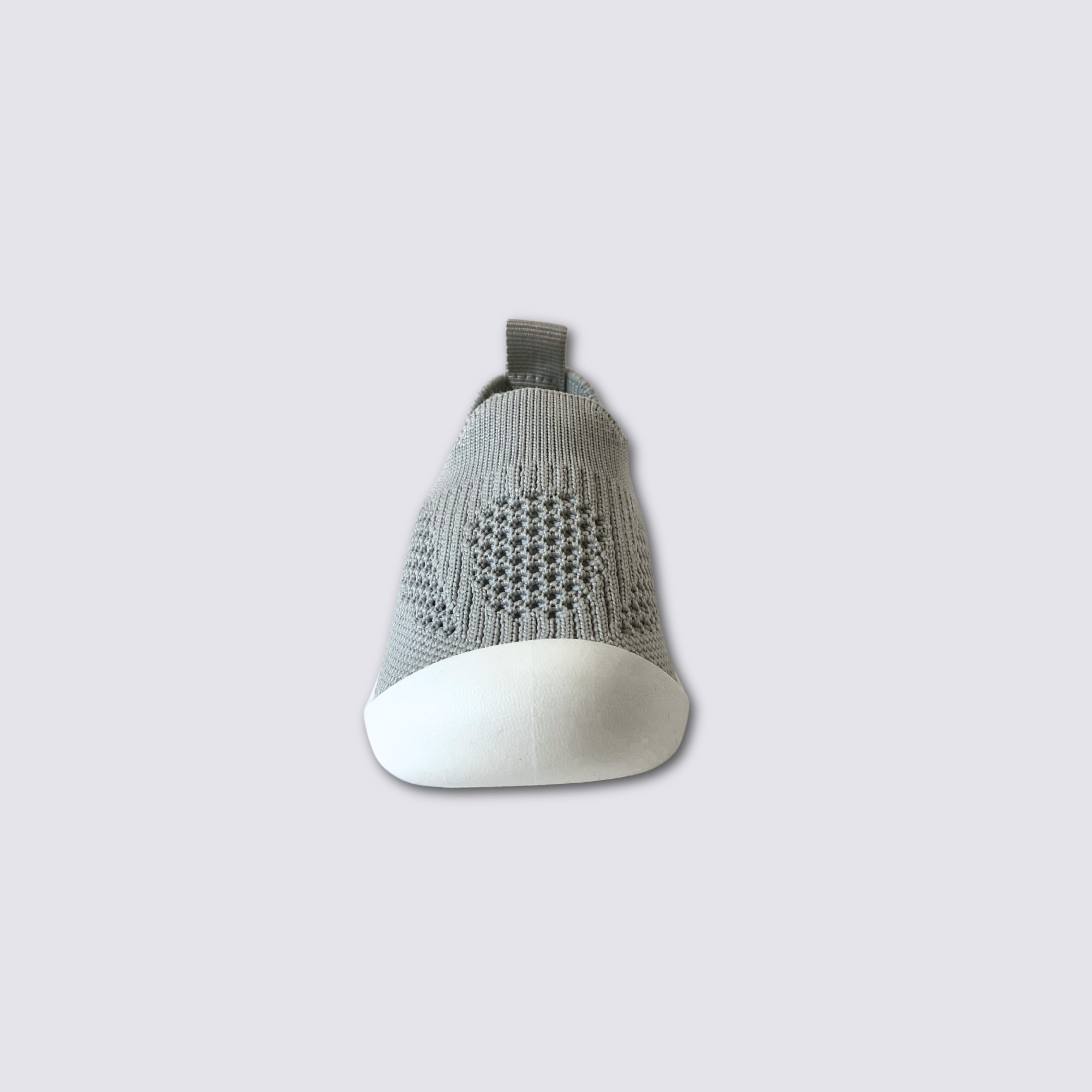
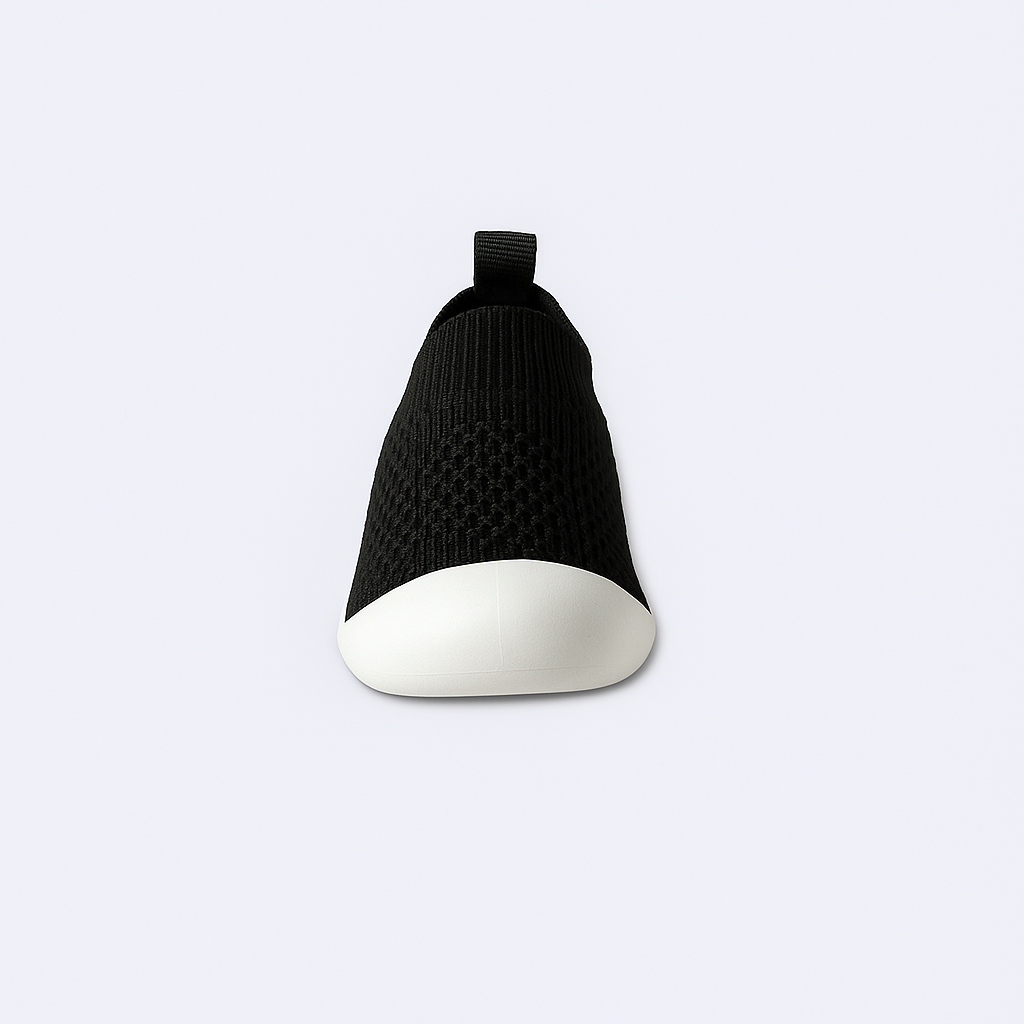
Share and get 15% off!
Simply share this product on one of the following social networks and you will unlock 15% off!